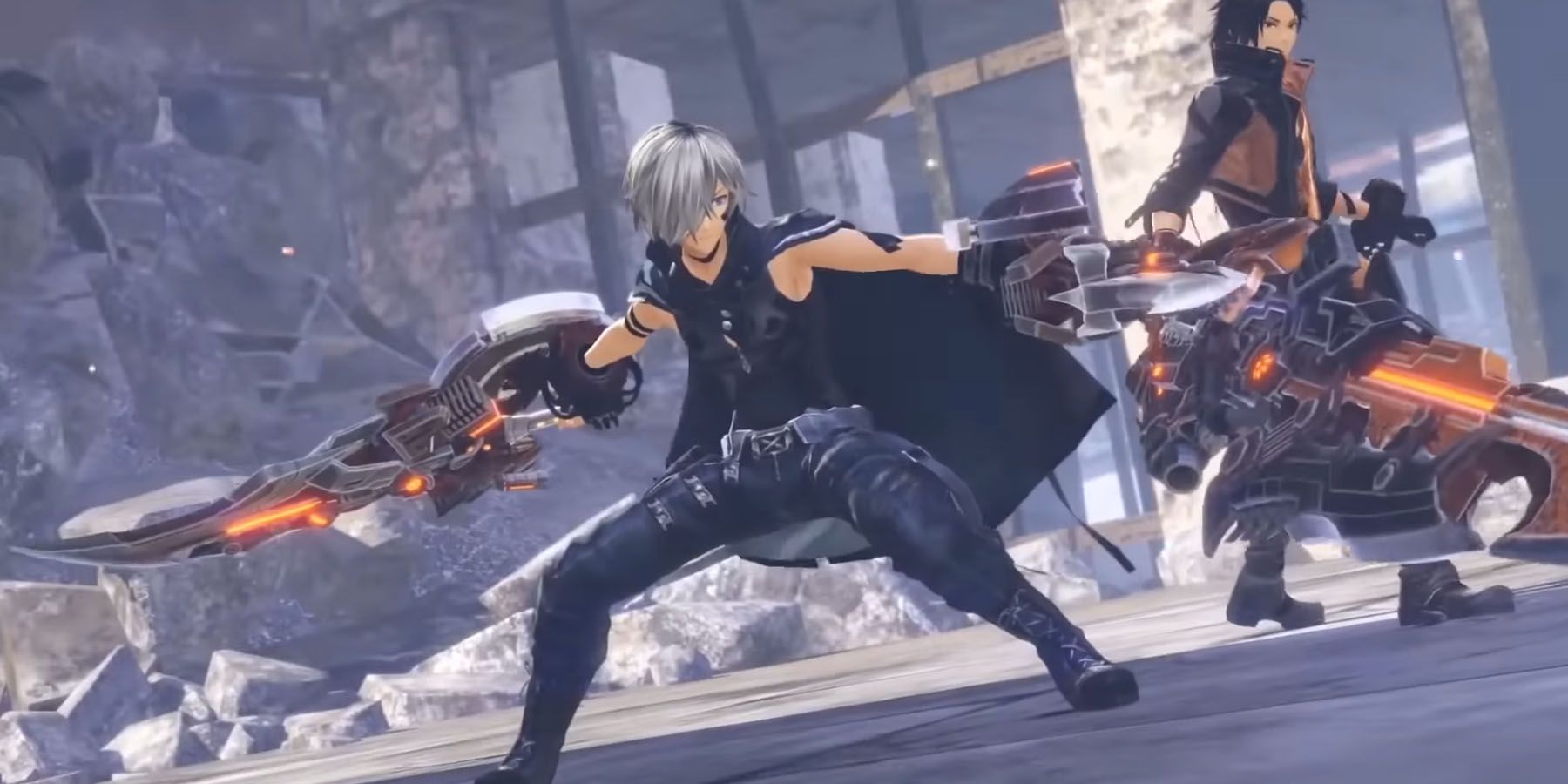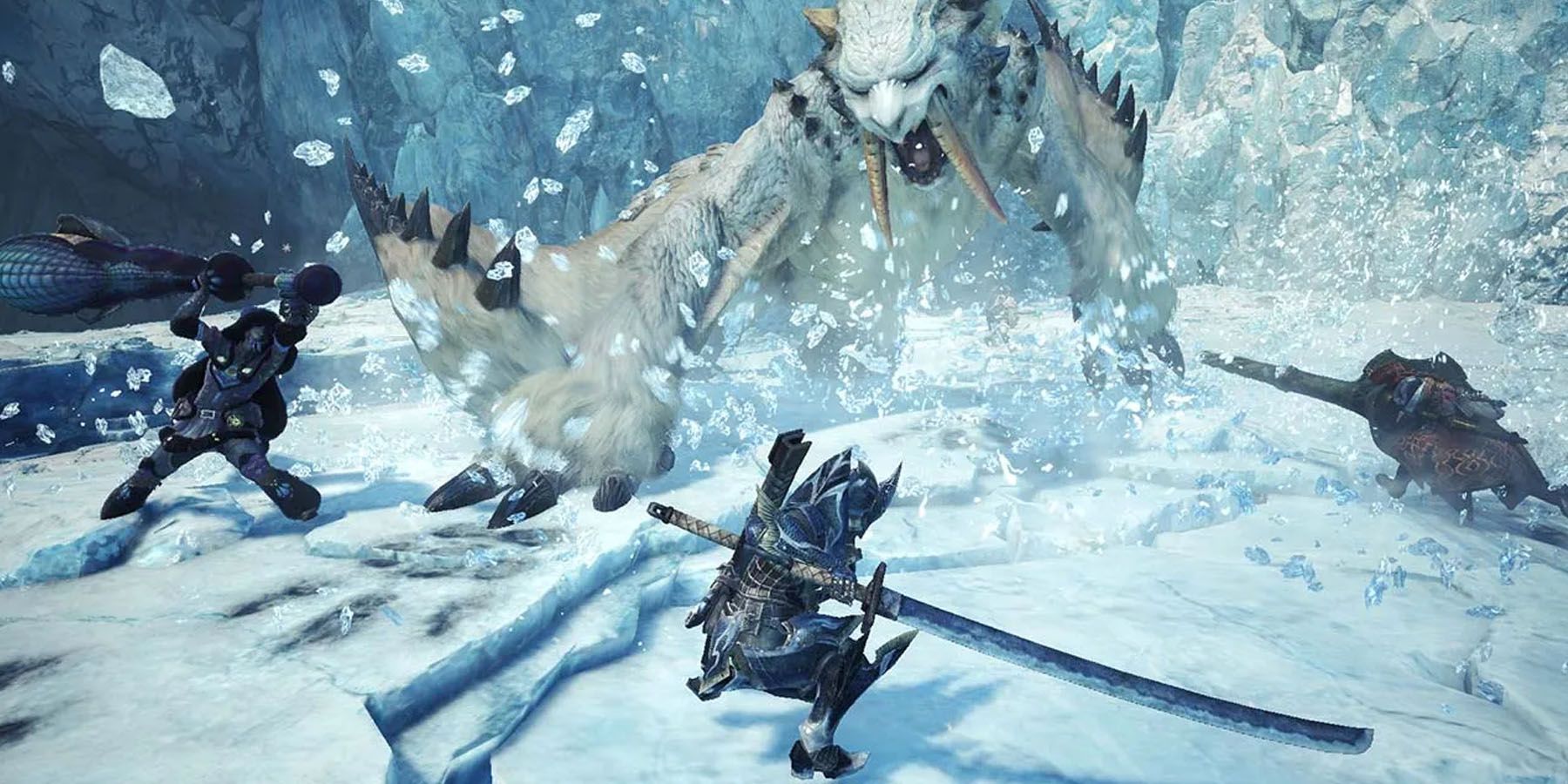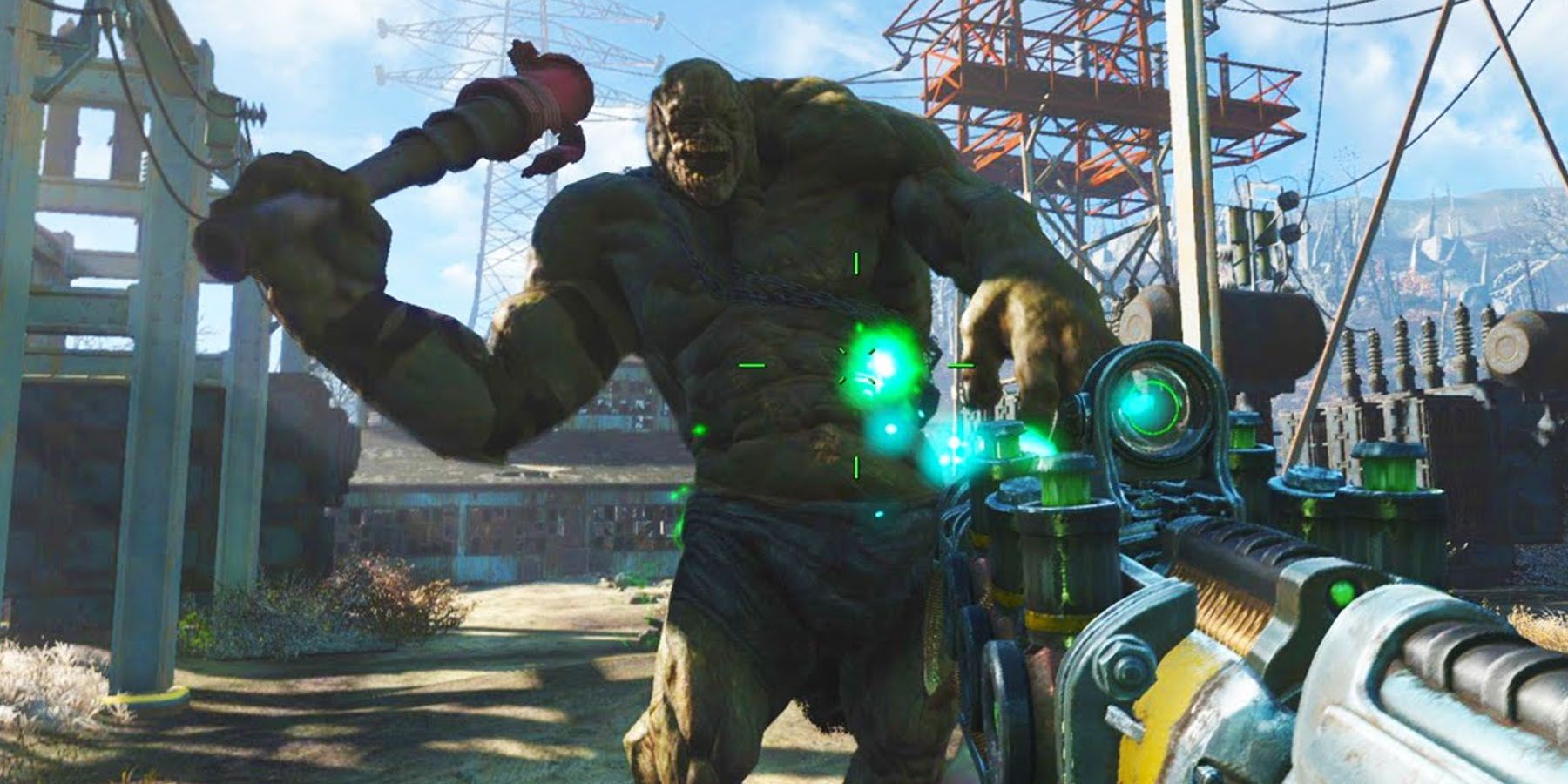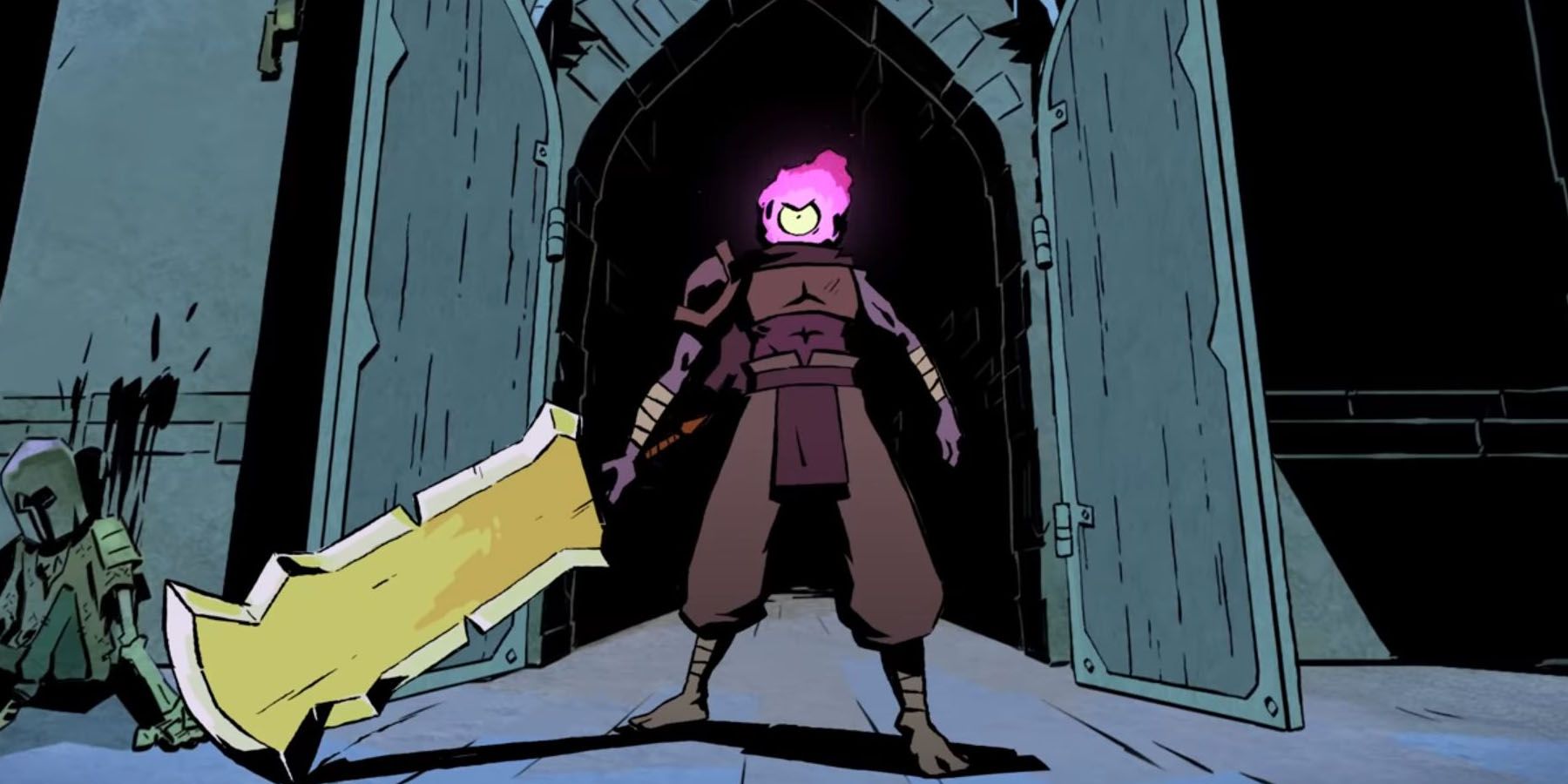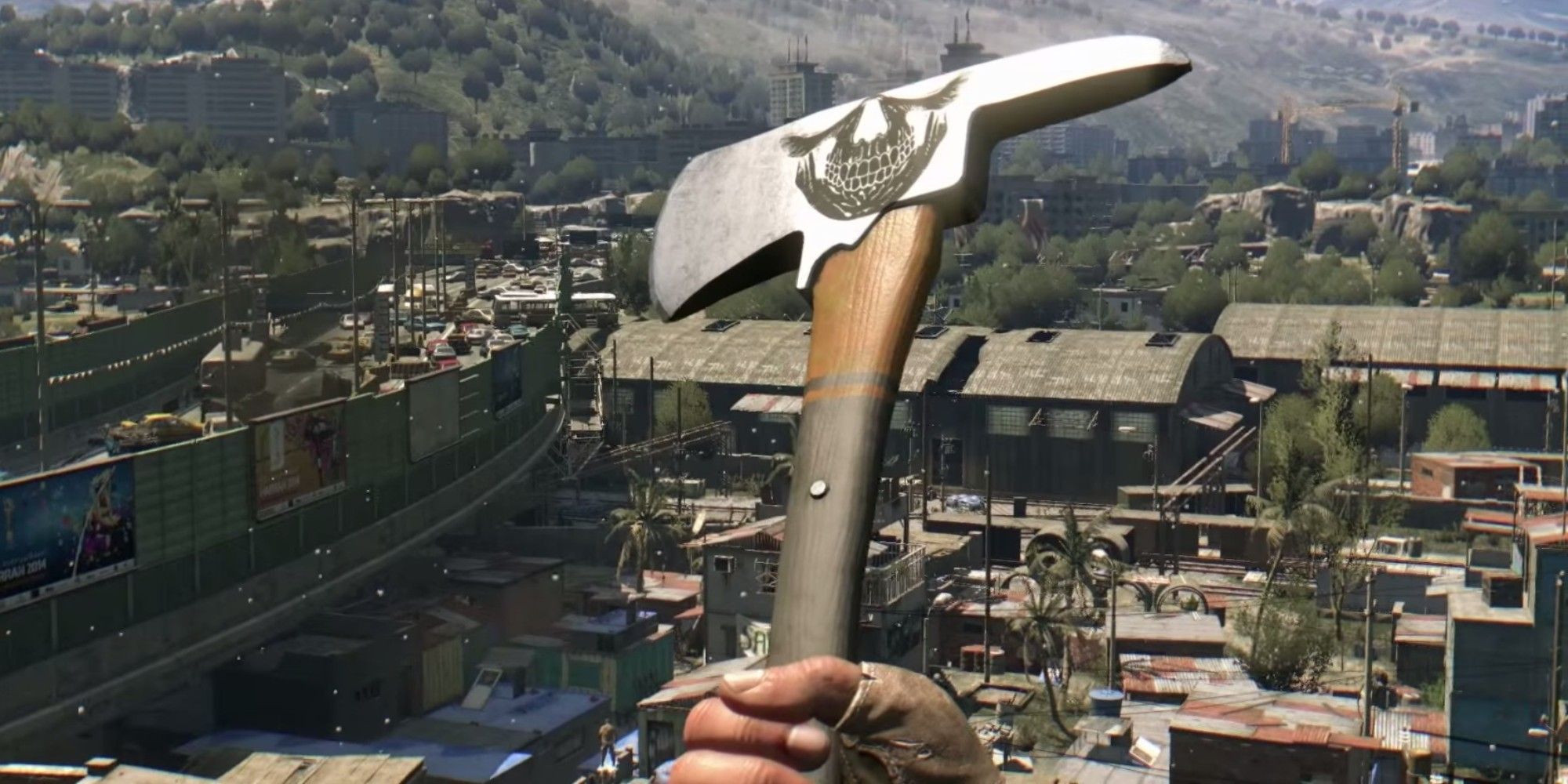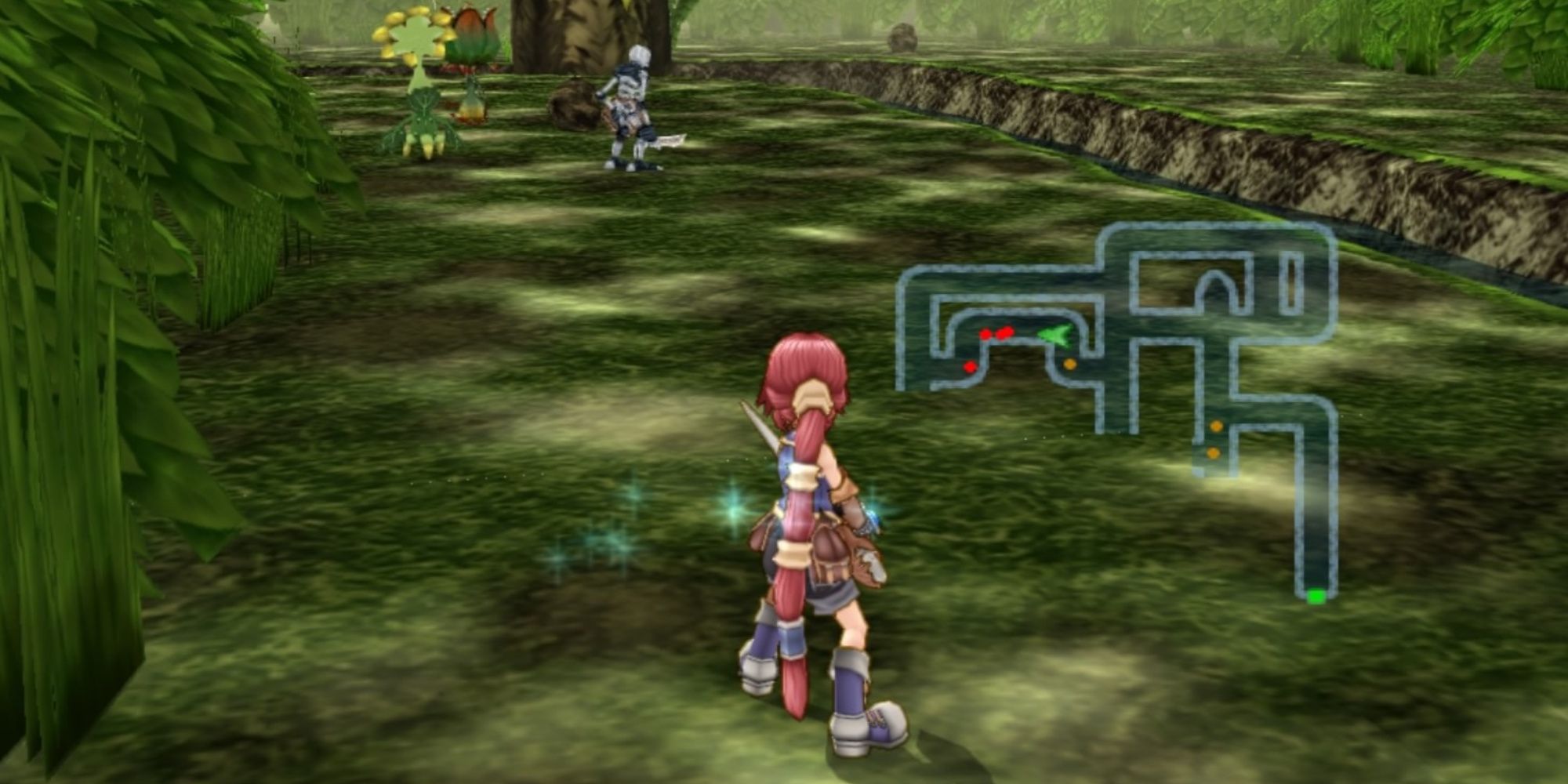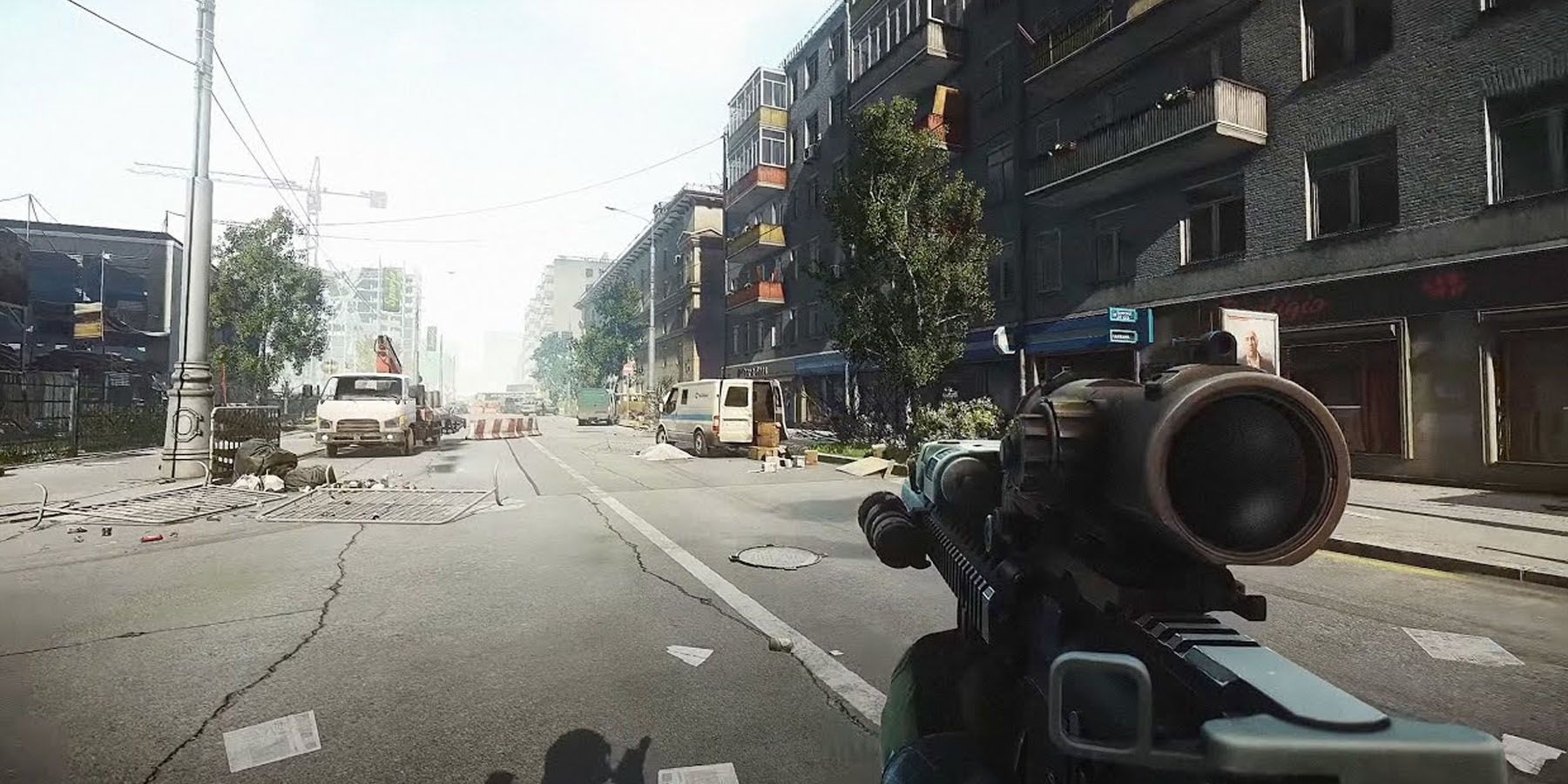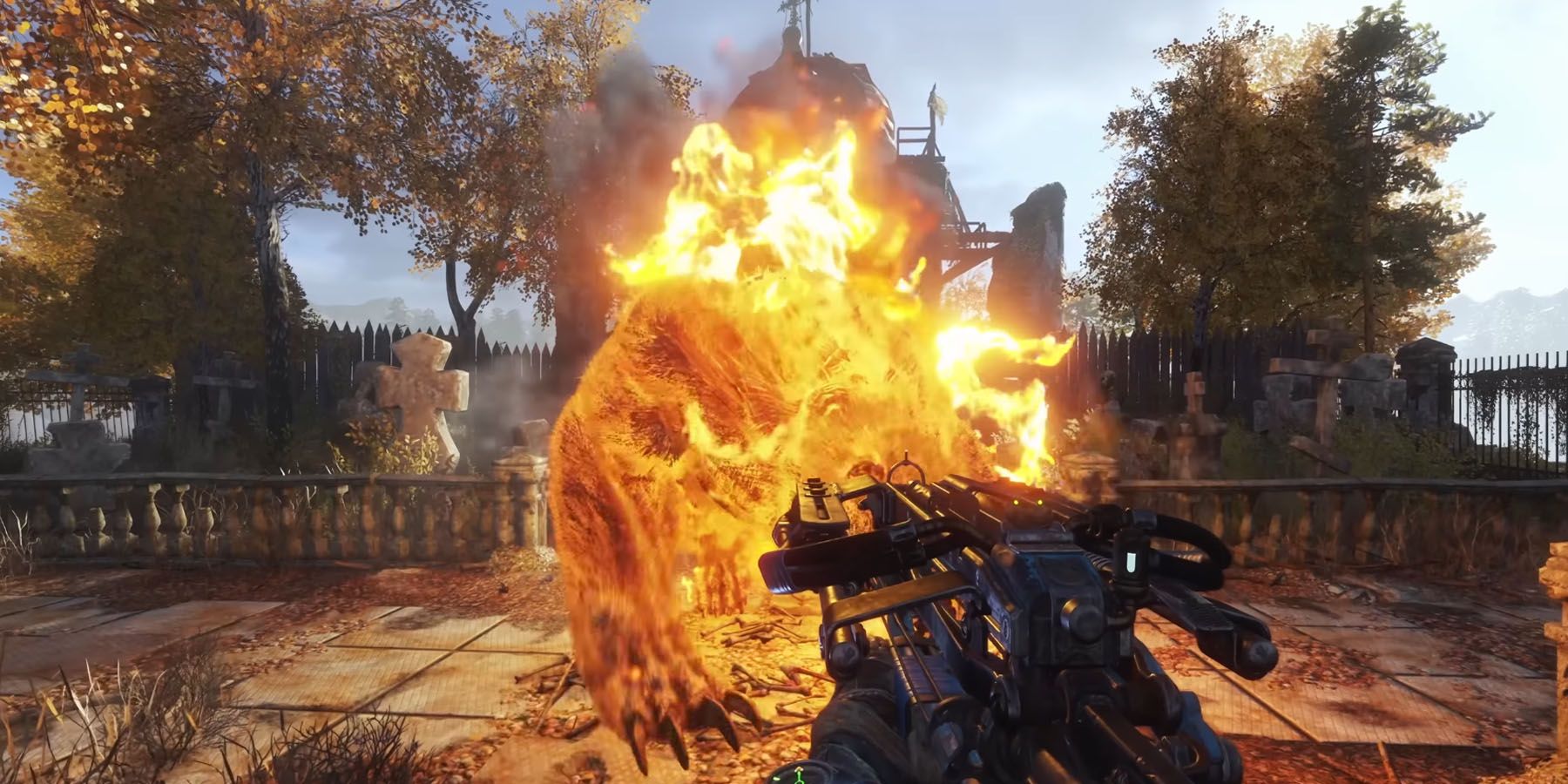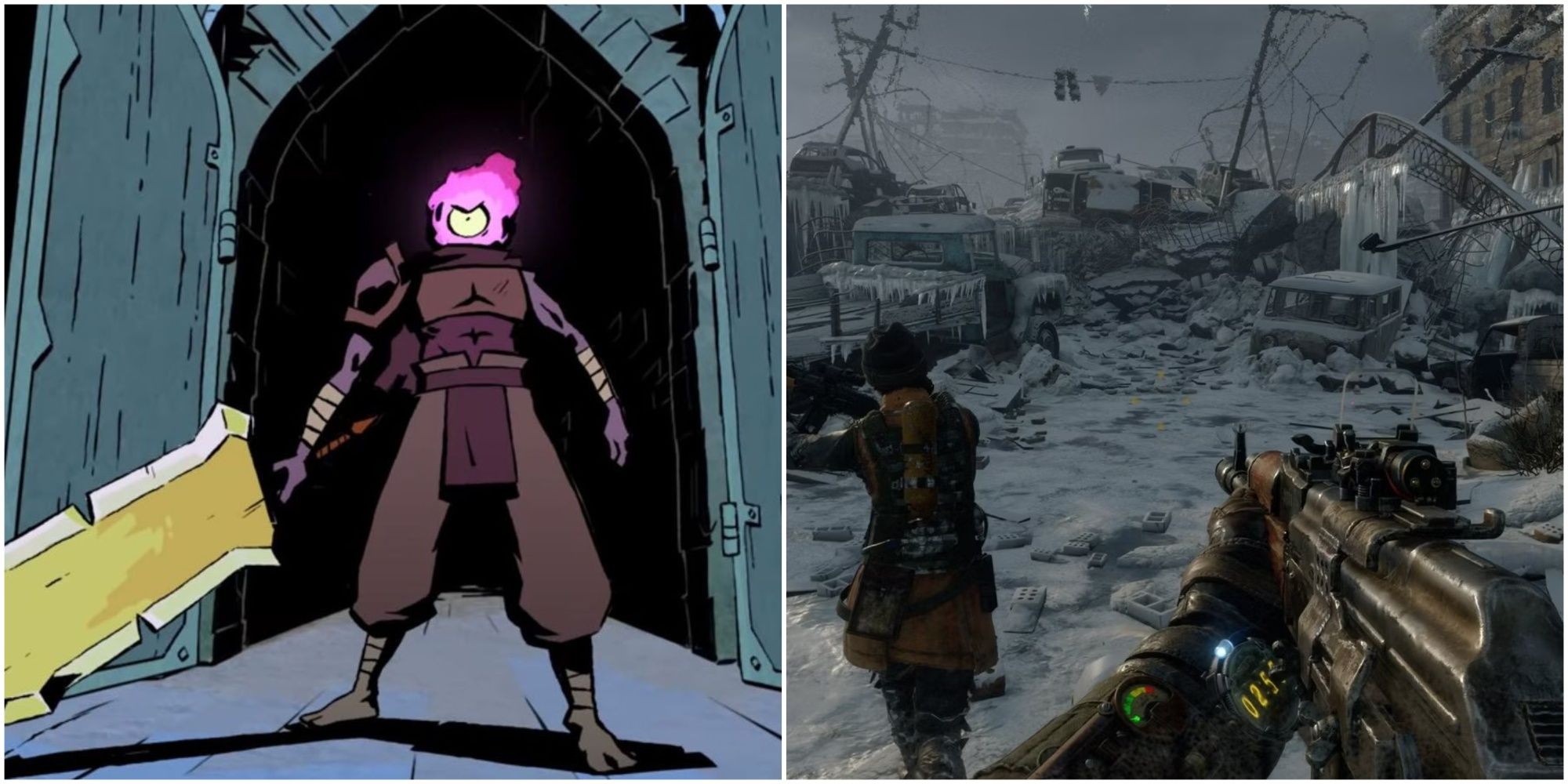
Highlights
- God Eater 3 offers versatile playstyles with 3 sub-weapons adding depth to combat.
- Monster Hunter World: Iceborne requires adaptability in quests with tailored weapon builds.
- Fallout 4’s component-based system makes weapon mods easily craftable and worthwhile.
Weapons easily form the highlight of action games, especially when players have the option to continuously improve their weapons through upgrades that affect both their performance and appearance. While some games have traditional upgrade systems consisting of crafting or attaching modifications, there are titles that “level up” the weapon acquisition experience with upgrade systems that add a lot of flair to their aesthetics and gameplay.
Most Iconic Video Game Weapons
Certain weapons have transcended their virtual boundaries in video games to become iconic symbols of gaming history.
In fact, certain games have quite a unique take on upgrades that they either form a major part of their combat or even overall player customization. However, for action game fans who are interested in games with more unique weapon upgrades, just how do these new systems affect their respective titles’ overall mechanics?
10 God Eater 3
One Weapon Has 3 Sub-Weapons That Alter The Playstyle
God Eater 3
- Released
- February 7, 2019
- Developer(s)
- Marvelous
- Genre(s)
- Action RPG
While the Aragami of God Eater 3 are the God Eater franchise’s answer to monsters in Monster Hunter, the post-apocalyptic ARPG takes things further when the eponymous God Eaters use God Arc bangles to “eat” the Aragami and transform their essences into weapons. As a result, God Arcs are man-made Aragami containing three main components (Shields, Guns, and Melee Weapons), all of which players can customize according to sub-types to further tinker with their playstyles.
For instance, Melee Weapons allow players to become quick-moving close-ranged juggernauts (Short Blade, Long Blade, Biting Edge), heavy-hitting slow movers (Buster Blade, Boost Hammer), or mid-ranged specialists (Charge Spear, Variant Scythe, Heavy Moon). Guns can support up-close (Shotgun), burst (Assault Gun), long-ranged (Sniper Gun), and precision firing (Ray Gun). Lastly, Shields can enable quick deployment (Buckler), standard defense (Shield), and slow-moving heavy protections (Tower Shield). As with other games with crafting systems, all God Arc weapons eventually “upgrade” into better versions, but their efficiency in combat relies heavily on how players can synergize their weapons together.
9 Monster Hunter World: Iceborne
Tailor-Fit Weapon Builds On Specific Quests
Monster Hunter World: Iceborne
- Released
- September 6, 2019
- Genre(s)
- Action RPG
While Monster Hunter World: Iceborne follows the traditional Monster Hunter series formula of (literally) grinding one’s way across different weapon trees, the icy Hoarfrost Reach will still see players have wildly different playstyles depending on their gear of choice. Despite the technical nature of Iceborne being quite similar to the skill ceiling in Souls games, the difficulty in crafting and upgrading weapons adds a different feel of “forcing” adaptability to players who still need to grind for their favored gear. As such, soloists and multiplayer teams may have different loadouts that can accommodate quick-paced weapons (Sword & Shield, Dual Blades), slow heavy-hitters (Long Sword, Great Sword, Hammer, Hunting Horn), or even long-ranged weapons (Bow, Light/Heavy Bowgun), among others.
On top of weapon types having wildly different movesets, weapons can be enhanced in different ways. Iceborne offers Augmentations that can be slotted into weapons to improve specific stats, whereas Upgrades can permanently increase base stats by bringing gear to the next stages of their evolution. Due to the standalone nature of missions, no one weapon or weapon type is the “perfect” fit against specific monsters, forcing players to keep variants of gear available should their quests demand different combat approaches.
8 Fallout 4
Components Out Of Junk Make Mods Worthwhile
Fallout 4
- Released
- November 10, 2015
While Fallout 4 remains one of Bethesda’s most acclaimed entries in its post-nuclear sci-fi RPG series with unique features such as base creation, the game’s weapon crafting and upgrade system remains thematically fitting for a player’s experience. When players equip a weapon in Fallout 4, they can enhance it through Mods or attachments. As with other games, the number of possible attachments and types of attachments differ per weapon, with each choice changing the armament’s overall appearance.
7:53
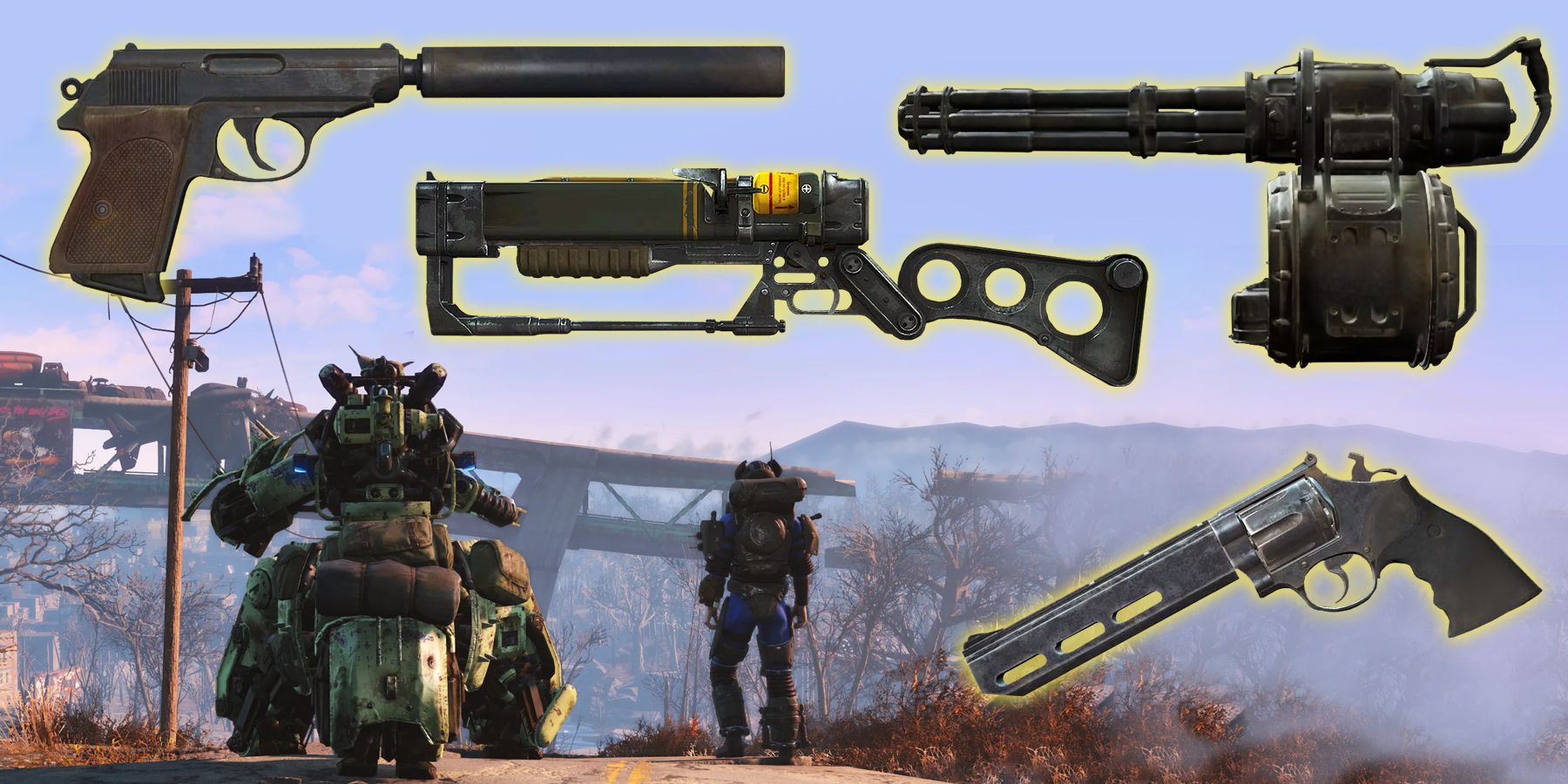
28 Most Powerful Weapons In Fallout 4, Ranked
Fallout 4 has a plethora of weapons for players to choose from, but these picks have got the rest beat in terms of power and destructive ability.
However, where Fallout 4 shines in this upgrade system is how these Mods are also craftable through Components found all over the game. These Components don’t come as individual items, either, as players can scrap both relevant items and Junk into Components via the Workbench, ensuring that all items – even disposable ones – can be used to help gamers improve their playthroughs.
7 Dead Cells
Roguelike Elements Also Affect Gear
Dead Cells
- Released
- August 7, 2018
- Developer(s)
- Motion Twin
- Genre(s)
- Roguelike
Essentially a play on “roguelike Metroidvania,” much of Dead Cells gameplay relies on players mastering their chosen Gear’s movesets as they try to outmaneuver equally nimble foes. As players collect Cells, they can trade them to manipulate the properties of their runs, such as increasing the drop rates of Gear and other properties. This factor essentially ensures players are still rewarded in death by giving them a slight advantage. However, unlike other games where upgrades are directly manipulated, Dead Cells requires a bit of risk on the player’s part.
While the Blacksmith’s Legendary Forge boosts the chance of high-quality gear drops, his Apprentice gives access to the Minor Forge and Advanced Forge to directly upgrade and even reroll Modifiers of existing Gear. This adds a risk-reward element for players, especially if they have Gear with “so-so” Modifiers that may come out better or much worse when rerolled. The system also elevates the game’s Gear variety, as most of the title’s Melee and Ranged Weapons offer unique movesets and combos.
6 Dying Light
Blueprints Last Forever; Weapons And Mods Are Temporary
Dying Light
- Released
- January 27, 2015
For a game all about zombies, Dying Light has quite an extensive weapon system for its open-world gameplay. While Dying Light 2 ups the ante with more action-oriented gameplay, the survival horror dread in Dying Light‘s mechanics ensures players are always on their feet as they explore the harshness of Harran’s desolated urban environment. All weapons in the game can be acquired around the map or as rewards for quests. When not repaired, these weapons break and have to be replaced.
However, where the game’s upgrade system shines is through its Modifications and Blueprints. While Mods provide stat boosts to weapons, players need to be mindful of which weapons to upgrade, as Mods cannot be removed. Likewise, Blueprints can provide existing weapons with unique appearances and effects.
5 Dark Cloud 2
Break Down Anything & Everything To Upgrade Weapons
Dark Cloud 2
- Released
- February 17, 2003
- Developer(s)
- Level-5
- Genre(s)
- Action RPG
When Dark Cloud 2 protagonists Max and Monica realize they have special time-traveling stones, they use their abilities to try and defeat Emperor Griffon in a race against time. However, despite its rather predictable “saving the world” premise, where Dark Cloud 2 shines is the sheer amount of content available for players to enjoy. Not only does this title take place across procedurally-generated dungeons, but the game also has a fishing and golf mechanic, an entire city-building feature, and a camera mode that lets players combine objects they take photos of to create new craftable items.
However, the game is also quite notable for its expansive weapon crafting and upgrade systems. Weapons, instead of characters, level up, with higher-level armaments having access to more Synthesis Points that determine attachable mods. All items can be “Spectrumized” into SynthSpheres, which can then be attached to weapons to improve specific stats. Weapons can also be upgraded further into more powerful variants with different effects, giving players a lot of options for their playstyles.
4 Escape From Tarkov
Features Extensive Firearm Customization
Players often describe Escape From Tarkov as a hardcore shooter, and it stays true to the adage due to its intense mechanics. Set in the fictional Tarkov region, players fight each other in raids while scrambling to reach an extraction point (hence the name) while looting in the process. The game’s minimal HUD and emphasis on tactical shooting and movement elevates the intensity of matches, especially with the fact that dying players will lose everything unless they have their favorites ensured.
With this in mind, the fleeting nature of the game’s firearms demands equally precise tinkering with its deep customization. Almost all weapons in Escape From Tarkov are modular to the point where bullets can be switched and affect gameplay. This level of personalization ensures players can enjoy playstyles specific to their interests – something they need in the intense FPS title.
3 Metro Exodus
Players Can Modify Weapons To Fit Specific Situations
Metro Exodus
- Released
- February 15, 2019
Despite being set just after the events of Metro: Last Light, the post-apocalyptic nuclear winter of Metro Exodus remains as compelling a location as ever when players take the role of Artyom. The in-depth crafting system returns and gives players more attachments and setups to play with, as almost all weapons in the game can be disassembled to acquire spare parts for attachments.
Such depth in customization is required in the game’s desolate setting, especially when players need to fight both mutants and hostile humans. The overhauled system provides remarkable depth to weapons, as components can transform guns to accommodate entirely different weapon classes and ranges. For instance, a Pistol can be outfitted with the right mods to become a long-ranged Rifle or a powerful Shotgun.
2 Parasite Eve
Tools Can Help Players Transfer Bonuses & Effects Between Weapons
Parasite Eve
- Released
- September 9, 1998
- Developer(s)
- Square
Whereas the upgrade system in the Resident Evil franchise often involved weapons having specific upgrade tiers, the 1998 Parasite Eve allows players to custom-tailor their armaments to fight the game’s slate of Neo-Mitochondrial Creatures. The game takes place on Christmas Eve in 1997 when NYPD rookie Aya Brea is thrust into a mission to hunt a monster called the Mitochondrial Eve. While the game is essentially Square’s answer to Capcom’s Resident Evil, the horror entry shines when giving players a fighting chance against the game’s monstrosities.
Not only does Aya have access to special Parasite Energy “spells,” but she can also open up mod slots in weapons and armor. Through Tools and Super-Tools, players can transfer stat bonuses (Attack, Range, Bullets) and unique abilities between weapons. This ensures all items in the game can serve some use for players.
1 Transistor
Functions Fully Customize Combat Performance
Transistor
- Released
- May 20, 2014
- Genre(s)
- Action RPG , Strategy
While Transistor is known for its compelling story, the Supergiant Games title also shines with its unique circuit-themed techno-punk setting of Cloudbank. The eponymous Transistor becomes the voiceless Red’s primary weapon in the game, allowing her to fight enemies in both turn-based and real-time combat with fully customizable attacks in the form of Functions. Depending on her available Memory and challenge Limiters, Red can have different Active, Upgrade, and Passive Functions that affect her performance.
What makes the weapon upgrade system in Transistor rather compelling is how every Function has different Active, Upgrade, and Passive effects. For instance, Active Breach launches a long-range projectile, Upgrade Breach increases the range and activation speed of its modded Function, and Passive Breach lengthens the planning time with Turn. When fully kitted, the Transistor can get up to four Passive and four Active Functions.
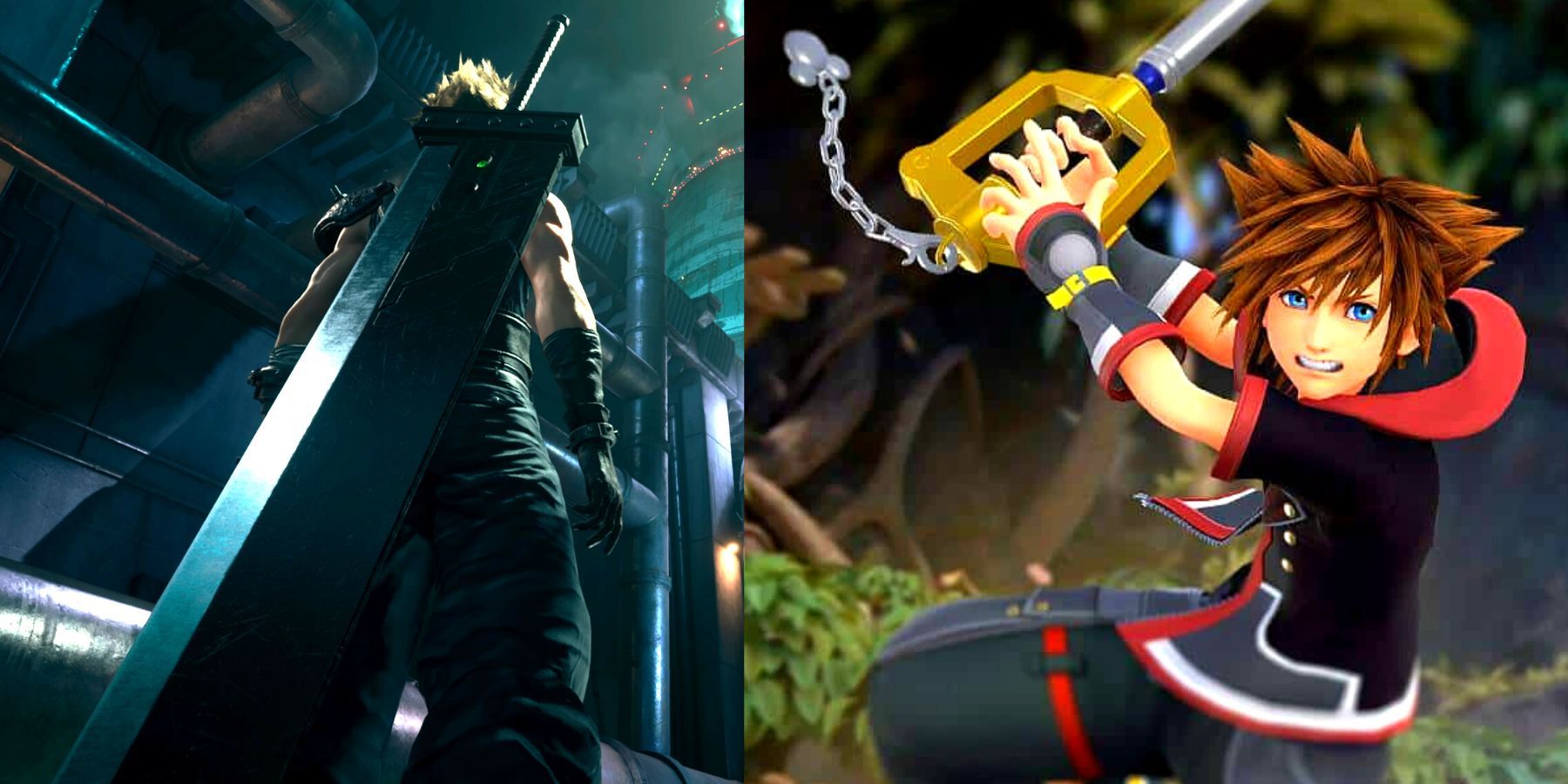
8 Iconic Video Game Weapons That Would Be Useless In Real Life
These iconic video game weapons may be powerful in-game, but they would be entirely impractical in real life.
